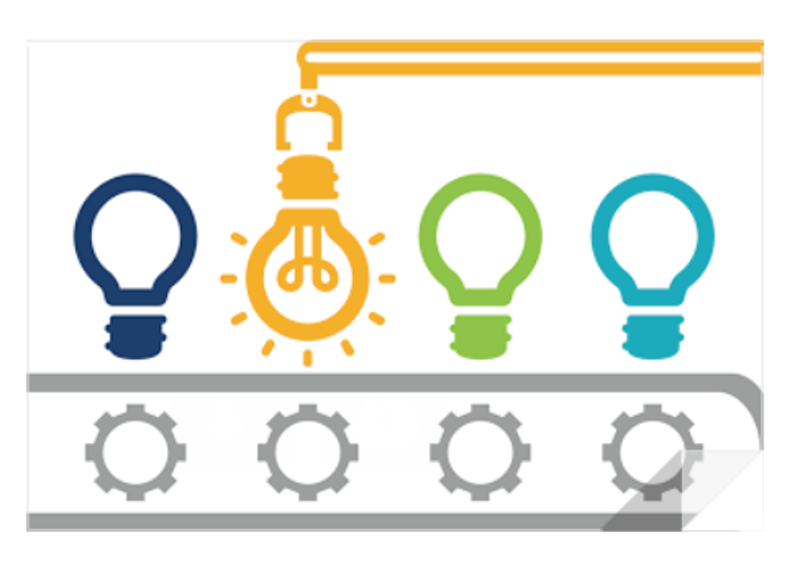Today’s logistics world is complex. No longer is a one-size-fits-all TMS solution approach going to work. Flexibility, connectivity, and scalability are the keys to meeting customers’ expectations.
And it isn’t only the way shipping is done that has changed, today’s shipping technology has had to evolve along with the needs of shippers, carriers, third-party logistics providers (3PL), and their customer expectations.
Take a Software-as-a-Service (SaaS) technology. There was a time that a one-size-fits-all approach was really all shared multi-tenant platforms could accommodate. But that has changed as developers have focused on making transportation management system (TMS) software as functional and adaptable as traditional single tenant, on-premise TMS solutions.
“Customer choice is now the expectation – as buyers, we want items in the size and color we want, when we want it,” wrote Banyan Technology CEO Brian Smith earlier this year in a blog about trends to watch for in 2018. “Expect TMS providers to drive further the next wave of mass customization. TMS providers are making it easier for users to tailor their systems for their own unique business operations. This will create efficiencies like we’ve never seen before.”
Salesforce was one of the first SaaS companies to provide tools for developers to create value-added apps and extensions. NetSuite, Magento, and others have followed suit with tools for development communities that enable custom user interfaces (UI), workflows, and integration. This has allowed customers to "have it their way" with productized plug-ins and configurations without incurring the risk of unsupported one-off customizations, allowing them to adapt to changing needs in their relative industries. Sometimes, they create those changes and become leaders rather than chasers.
For 3PLs, this means providing each customer with a tech solution built around their own requirements, adding value to their service offerings and reducing attrition.
So, how does Pierbridge’s Transtream Parcel TMS fit into this? Quite easily.
Transtream provides Composer, a drag-and-drop design studio that enables Pierbridge's development community to adapt out-of-the-box apps to role-specific processes across an enterprise, without having to customize the underlying platform. And, UIs can change as enterprise business initiatives change.
Additionally, Pierbridge's HubCapp tools can provide each Transtream enterprise with secure connectivity to on-premise data and devices such as scales and thermal label printers, without disrupting any other enterprise sharing the same platform.
Conclusion
Mass customization requires a “federated” (one entity supporting autonomous states) approach to SaaS architecture with tools that help 3PLs apply their expertise to disparate industries, niche markets, and customer communities.
